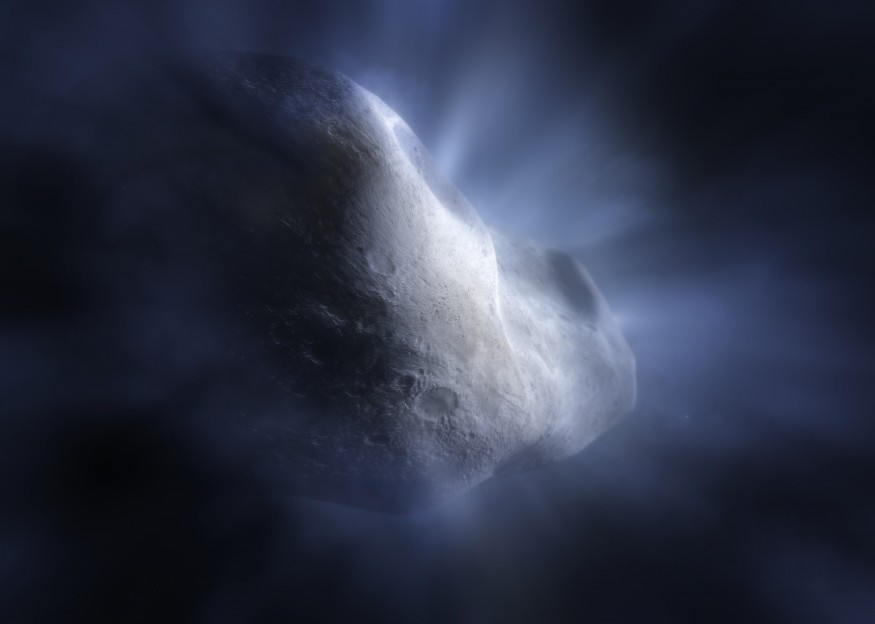Water vapor has been noticeably absent in the Main Belt of asteroids, despite the presence of water ice on several moons, planets, and distant comets that sublimate into gas in the Sun's warmth and drift into space. However, the James Webb Space Telescope (JWST) has now provided evidence of water vapor in the asteroid belt.

Water Vapor in Rare Main Belt Comet
According to NASA, JWST has made a significant breakthrough in understanding the origins of Earth's water. By using the telescope's NIRSpec instrument, astronomers have detected water vapor around Comet 238P/Read in the main asteroid belt, providing evidence that water ice from the early solar system can be preserved in that region. However, unlike previous comets, this finding has sparked some questions because the comet lacks measurable carbon dioxide.
Stefanie Milam, Webb's deputy project scientist for planetary science, emphasized the importance of understanding the distribution of water in the Solar System to unravel the mystery of Earth's water and to gain insights into other planetary systems potentially hosting Earth-like planets.
Comet 238P/Read, categorized as a main belt comet, is located in the main asteroid belt and shows a coma and tail on a regular basis, just like a classical comet. This finding challenges previous assumptions that comets primarily exist in the Kuiper Belt and Oort Cloud beyond Neptune's orbit. Webb's precise spectral data confirmed the presence of water ice in the main belt and its role in creating comet-like characteristics.
The absence of carbon dioxide in Comet 238P/Read came as a surprise. Carbon dioxide makes up about 10% of the volatile components in comets, and it is easily evaporated by the Sun's heat.
Scientists offer two explanations: the comet's carbon dioxide may have been lost over billions of years owing to heated temperatures, or it may have originated in an area of the Solar System where carbon dioxide was unavailable.
Comparing Other Main Belt Comets To Verify the Findings
Science Alert reported that further investigation is necessary to explore the likelihood of these possibilities, but the insights gained from Comet Read have provided astronomers with significant food for thought.
Main-belt comets play a crucial role in understanding the origin of Earth's water in the early Solar System, and the confirmation of water outgassing in at least one main-belt comet affirms the potential of studying these comets to uncover the source of Earth's water.
As per ABC News, researchers are eager to compare Comet Read with other main belt comets to gain a better understanding of their characteristics. By utilizing the capabilities of the JWST, scientists can now observe and draw conclusions about these small and faint objects in the asteroid belt. The presence or absence of carbon dioxide in other main-belt comets is of particular interest.
Looking ahead, the researchers express their excitement for future endeavors. Co-author Heidi Hammel envisions the possibility of discovering whether other main-belt comets lack carbon dioxide, while Dr. Milam expresses the ambition of pursuing a sample collection mission to learn more from main-belt comets to expand knowledge of these intriguing celestial objects.
RELATED ARTICLE: Earth's Water Older Than the Sun Astronomers Found 'Missing Link' on How It Reached the Solar System
Check out more news and information on Space in Science Times.












